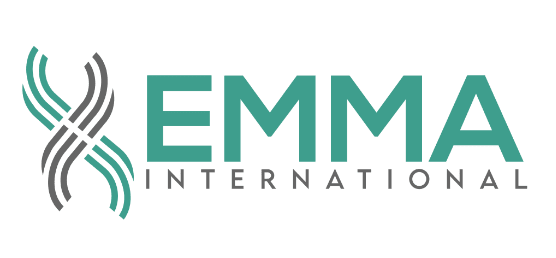The FDA is continuously evolving its regulatory priorities to keep pace with technological advancements, patient safety concerns, and global healthcare trends. As we move through 2025, pharmaceutical and medical device companies must stay ahead of these updates to ensure compliance and maintain smooth approval processes.
Key FDA Priorities for 2025
1. Strengthening Post-Market Surveillance & Real-World Evidence (RWE)
The FDA is expanding its focus on post-market surveillance to ensure the continued safety and efficacy of drugs and medical devices. Companies should anticipate:
- Increased requirements for real-world evidence to support product claims.
- Stricter post-market reporting obligations to monitor adverse events and long-term safety.
- Enhanced digital health monitoring tools to collect post-market data.
2. Digital Health & AI Regulation
Artificial intelligence (AI) and machine learning (ML) applications in healthcare are growing rapidly. The FDA is working on:
- Updated regulatory frameworks for AI-driven diagnostics and treatment tools.
- Stricter review processes for adaptive algorithms and machine learning in medical devices.
- Clearer guidelines on digital therapeutics and software-as-a-medical-device (SaMD) approvals.
3. Drug and Biologic Manufacturing Modernization
The FDA is pushing for advanced manufacturing technologies to improve product consistency and reduce supply chain disruptions. Key initiatives include:
- Incentives for companies adopting continuous manufacturing over batch production.
- Updated GMP regulations for cell and gene therapy products to ensure safety.
- Encouragement of personalized medicine through regulatory flexibility.
4. Quality Management System (QMS) Updates for Medical Devices
The FDA’s Quality Management System Regulation (QMSR) is expected to replace the current 21 CFR Part 820, aligning more closely with ISO 13485:2016. Key takeaways for medical device companies:
- Greater emphasis on risk-based decision-making.
- Streamlined requirements for international market compliance.
- Enhanced supplier quality controls to reduce recalls and failures.
5. Cybersecurity for Medical Devices
With the rise of connected medical devices, cybersecurity remains a top concern. The FDA’s new cybersecurity requirements focus on:
- Pre-market submission mandates for cybersecurity risk assessments.
- Post-market monitoring expectations for software vulnerabilities.
- Industry-wide standards to protect patient data from cyber threats.
How Companies Can Prepare
- Stay Updated – Regularly review FDA guidance documents and participate in regulatory workshops.
- Enhance Compliance Programs – Invest in risk management, QMS improvements, and post-market surveillance systems.
- Leverage Regulatory Expertise – Partner with compliance specialists to navigate evolving FDA requirements.
How EMMA International Can Help
Navigating the FDA’s evolving regulatory landscape can be complex. EMMA International provides comprehensive regulatory consulting services, helping pharma and MedTech companies stay compliant with the latest FDA priorities. Whether you need QMS implementation, FDA submission support, or post-market compliance strategies, we’re here to help.
Stay ahead of regulatory changes and ensure your products meet FDA standards. Contact EMMA International at 248-987-4497 or email info@emmainternational.com for expert guidance.
References:
[1] U.S. Food and Drug Administration (FDA) (2025) Regulatory Priorities and Guidance Updates, Retrieved on February 4, 2025, from: https://www.fda.gov/regulatory-information
[2] FDA (2025) Cybersecurity in Medical Devices, Retrieved on February 4, 2025, from: https://www.fda.gov/medical-devices/cybersecurity-medical-devices
[3] FDA (2025) Real-World Evidence in Drug and Device Approvals, Retrieved on February 4, 2025, from: https://www.fda.gov/science-research/science-and-research-special-topics/real-world-evidence





